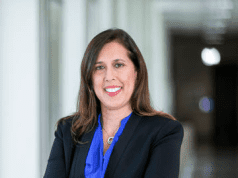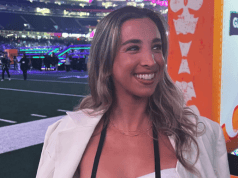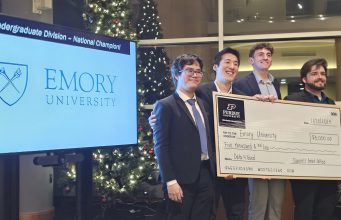Together Goizueta’s Dr. Michael Lewis, associate professor of marketing, and Dr. Manish Tripathi, assistant professor of marketing, host the Emory Sports Marketing Analytics (ESMA) website, established to provide an outlet for research on how sports entities create valuable marketing assets. Their research continues to garner national attention, most recently having been highlighted in articles published by both The New York Times and The Chicago Tribune.

Of all their posts on the ESMA website, Lewis and Tripathi are most surprised by the reaction to their work deconstructing the use of Native American mascots as a marketing tool. Racially offensive stereotypes of American Indians are evident in the paraphernalia and traditions of teams like The Washington Redskins and the University of Illinois Chiefs. The issue has been widely debated with anti-mascot forces largely concerned about the negative impact on current and future Native Americans while pro mascot forces are primarily focused on preserving an element of their memories as fans.
Lewis and Tripathi, however, believe there to be a “pointlessness” of this discussion as their research finds that schools which shift away from a Native American mascot experience short term (1 or 2 years) negative financial impact, but in the long-term achieve positive financial returns. In their words, “Retaining a Native American mascot seems to offend a portion of the community without providing any real benefits.”
The New York Times referenced these findings in a recent article titled “Risk for Redskins in Makeover of Team Mascot” which discusses the lengthy legal battlewith a group of American Indians over the Washington Redskins’ trademark protection. The debate was intensified when 10 members of Congress recently condemned the franchise for using a “racial, derogatory slur” as its mascot. In the article, Tripani is quoted saying, “You could make the argument that the Redskins have brand loyalty that’s not linked to the logo at all … It could have more to do with growing up with the team and feeling a connection to the franchise. If that’s the case, people will just go out and buy the new jersey.”

The Chicago Tribune’s recent article “Protests rare over Blackhawks’ name, logo” discusses the infrequency of debate over the Chicago Blackhawks compared to other sport teams with similar American Indian mascots. Again, Lewis and Tripathi’s study is offered as a rebuttal to those who argue that changing an established sports team’s brand name is expensive and complex. Lewis is quoted saying, “I think a lot of times, marketers have this belief that the whole key is to stay on brand. That ends up making some terrified of change, and I don’t know that it’s entirely justified.”
Their work deconstructing Native American mascots as a marketing tool is just a sample of Lewis and Tripathi’s work together. From the NFL to the NBA, from recruiting to coaching, they seek to analyze how sports organizations create brand equity and customer loyalty. It is their belief that sports organizations and their marketing staffs should focus on creating valuable brands and intense fan loyalty because these “assets” provide long-term value to organizations, and because these items need to be managed and protected.
Lewis joined Goizueta Business School in July 2010. Prior to obtaining a Ph.D. in Marketing from Northwestern Lewis earned an MBA from the University of Chicago and a Master’s in Industrial Engineering from the University of Illinois. He was formerly an assistant professor at the University of Florida and Washington University at St. Louis. His professional background also includes experience at Northwest Airlines. Lewis’ research focuses on issues such as consumer response to loyalty programs, methods for customer valuation and dynamic pricing. His research has appeared in the Journal of Marketing Research, Management Science, Marketing Science, Journal of Marketing and the Journal of Retailing.
Tripathi joined the Goizueta Business School faculty in 2008 after completing a PhD in marketing at the Kellogg School of Management, Northwestern University. He earned a BA in economics from Stanford and, prior to his doctoral studies, worked for four years as a marketing and business development manager at Homestead Technologies, a software company in Menlo Park, California. He also worked as a financial analyst for the investment bank Hambrecht & Quist, conducting valuation, financial advisory, and transaction execution for technology and emerging growth companies. His research interests include multi-channel strategies, market structure and entry, structural models, and Bayesian statistics.
-Meredith Farahmand










